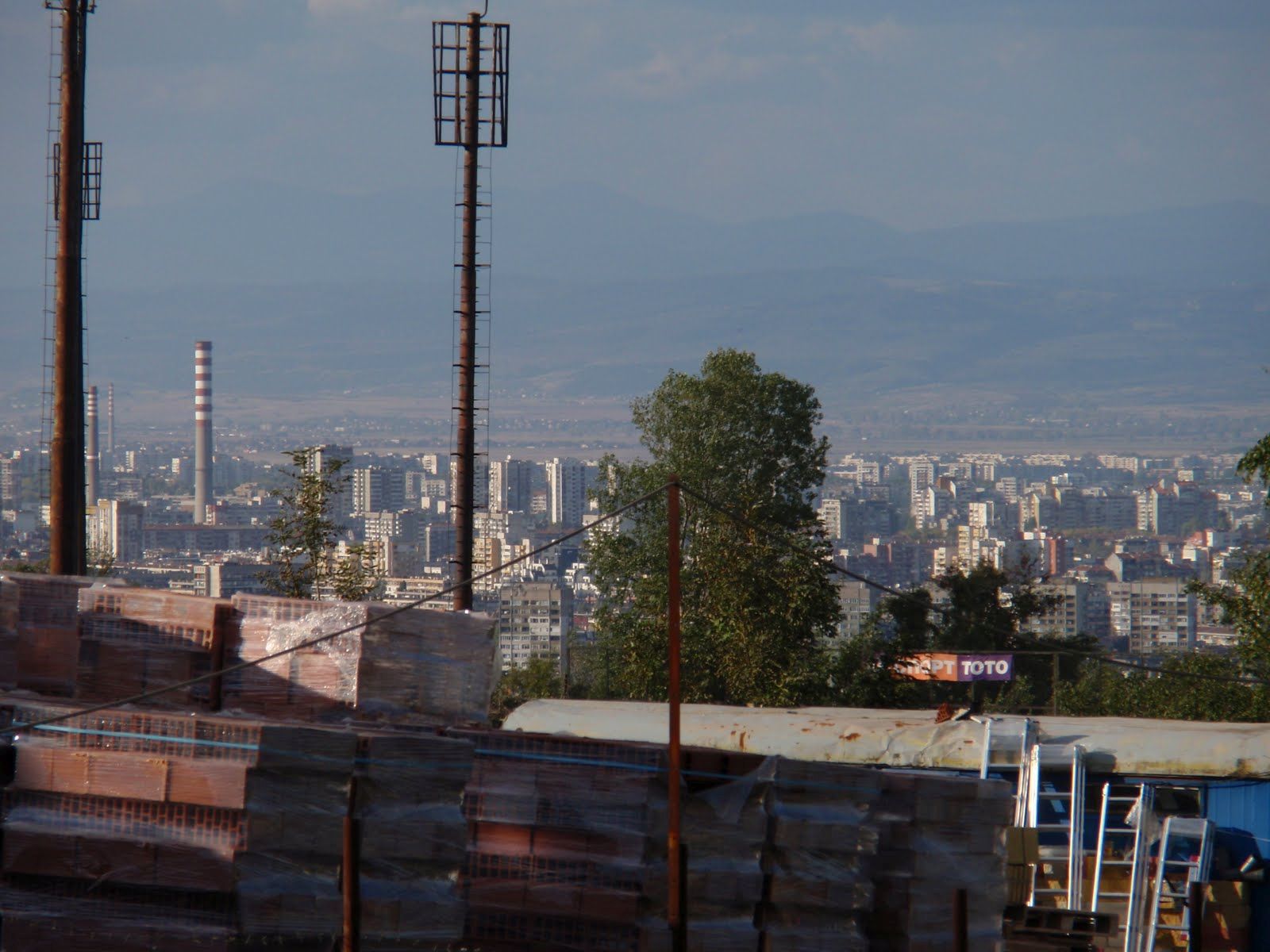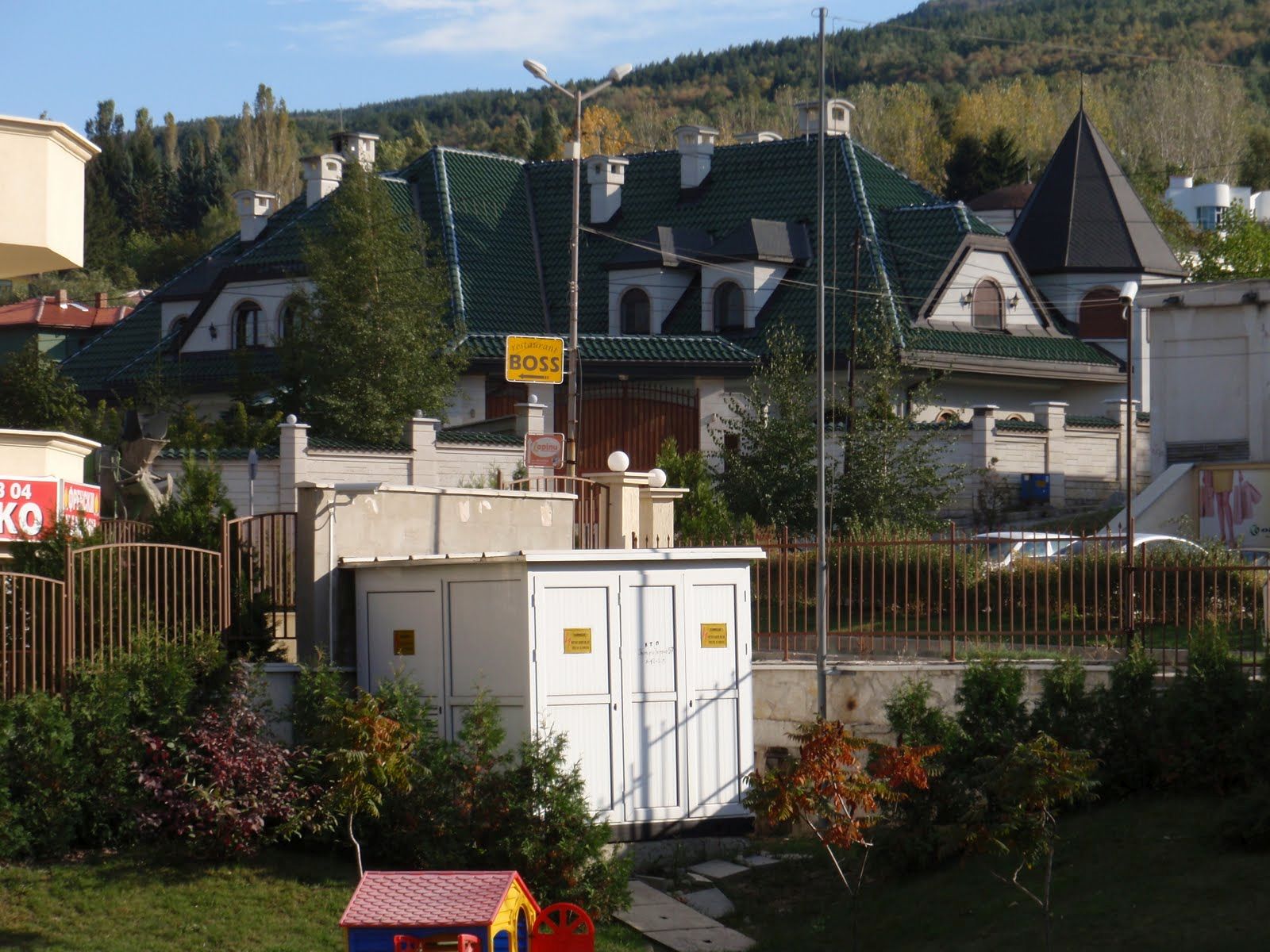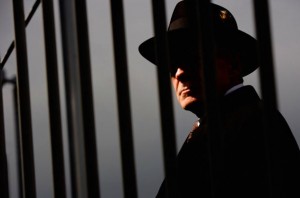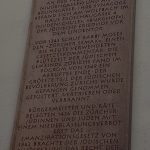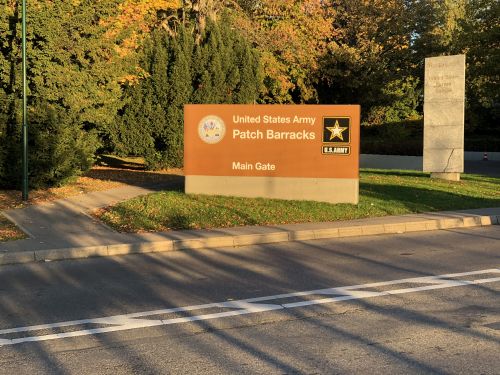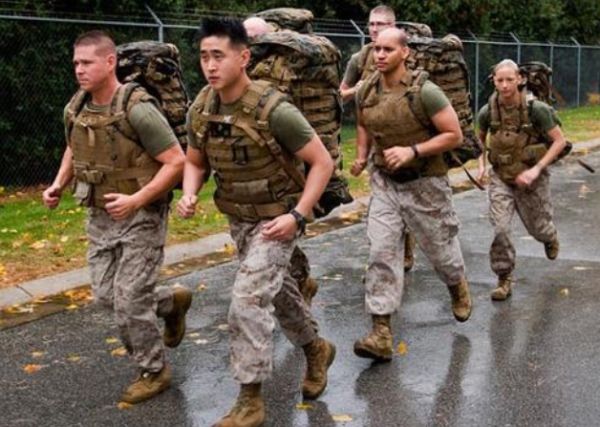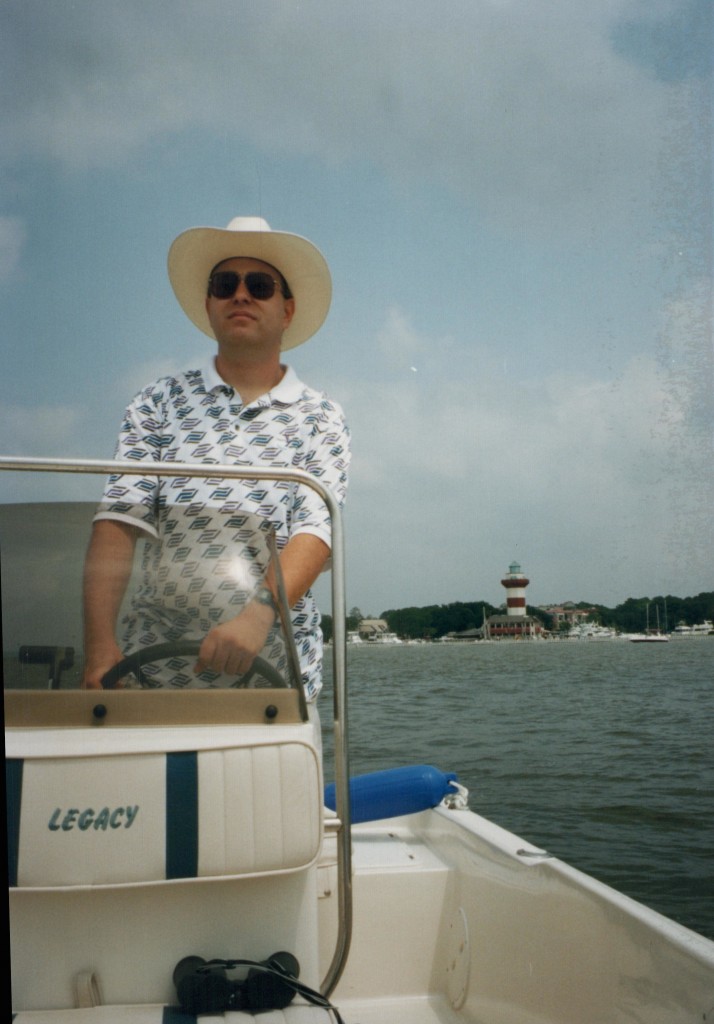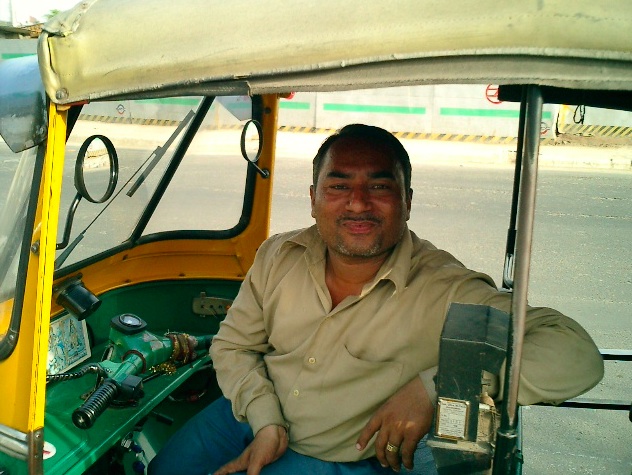A guest blog, by Charles Ritley
South Texas, East of San Antonio, is a giant cattle ranch: grassland chock full of quail and deer—and those who hunt them. While Californians discuss ways to save endangered species, Texans swap recipes for cooking them.
But hunting, like golf, is a socio-drinking experience. Guys form clubs that sub-lease tracts on the large ranches—-and build fancy clubhouses, with overnight accommodations, air conditioning, and satellite dishes. They co-exist well with the cattle, it’s extra income for the rancher, and the basic ground rules are: OK to shoot quail, OK to shoot deer, not OK to shoot cow. (But after you pay the rancher, you may keep the cow.)
Now, I don’t hunt. I did hunt when I was a kid, because everyone did. I was a trap shooter for many years and president of a trap club —- but in my later years I chose not to kill things.
But I had a client who wanted to go hunting. I knew a local business who had part of a game lease, and asked them to help. They set up a quail hunt on a big ranch, and I went along as my client’s bodyguard.
 This hunt was a circus. They had a large 4-wheel drive truck with two chairs bolted to the front, where hunters sat, and two bolted to the sides. In the bed of the truck: extra passengers, the dogs, and their handler. Plus, it held 4 people in the cab. Periodically, when they passed a likely spot, the truck stopped, everyone dismounted, and the dogs were set loose to sniff out and flush quail.
This hunt was a circus. They had a large 4-wheel drive truck with two chairs bolted to the front, where hunters sat, and two bolted to the sides. In the bed of the truck: extra passengers, the dogs, and their handler. Plus, it held 4 people in the cab. Periodically, when they passed a likely spot, the truck stopped, everyone dismounted, and the dogs were set loose to sniff out and flush quail.
(Now this whole thing made no sense to me. I grew up hunting birds. They have a very sharp sense of hearing. A quail can hear a truck this size when it’s two miles away. But, I withheld my advice. I was just another outsider.)
Eventually, the dogs would flush something, birds would scatter through the sky in all directions, and everyone would start blasting away. (Like London in 1940, but without the sirens and searchlights.)
 Then everyone would pile back into the truck, where they had: 2 liters of gin, a large bag of limes, and a couple of jugs of tonic water, and proceed to make a round of Gin and Tonics. (One part gin, two parts tonic, one slice of lime.)
Then everyone would pile back into the truck, where they had: 2 liters of gin, a large bag of limes, and a couple of jugs of tonic water, and proceed to make a round of Gin and Tonics. (One part gin, two parts tonic, one slice of lime.)
After several stops, about a hundred rounds were fired, no birds were harmed, and everyone had consumed at least one G-and-T per stop. At this point, my client—-a nice guy and a close friend—-said he wanted to come because he once sold shotguns but had never been hunting. But now he had enough. In fact, he was scared – really scared. So, I had a conversation with our hosts, but their engines were running, and they weren’t about to stop. So, the client and I just stayed close to the truck and out of what we believed to be the line of fire.
But then another problem arose: when the guys climbed back into the truck, some were full of gin and didn’t bother unloading their shotguns. Now, trust me, you do not want to be bouncing along a pot-holed trail in a 4-wheel drive truck in compound low, crammed into a cab with 4 guys full of gin and 4 loaded shotguns. You really, really, really don’t. So the client and I—-claiming we wanted a better view, jumped up into the bed of the truck with the dogs. The dogs, at least, were stone sober. And unarmed.

They got a few quail that day, and as I recall they were thrown away. Quail are good to eat, if you pick out the shot, and no one would do that. Eventually, the gin ran out and we headed home. The client and I fired a few rounds into the air, just to act like good ole boys, but I managed to do no harm to anything or anyone. The client, however, did manage to hit–quite by accident–some kind of little wild canary. It kind of exploded in this yellow poof. He felt rather bad about it.
This guest blog was submitted by Charles Ritley, an adjunct professor of computer science with several major universities in the San Antonio area.







